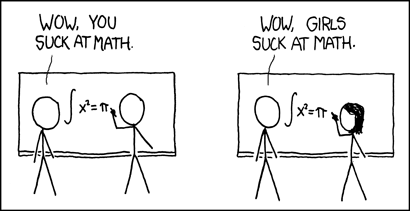Here’s some random information which might be worth looking at in some more detail.
On Saturday, I counted – sad person that I am – the number of wedding magazines on sale in Easons in Heuston Station. I did this basically because Irish Rail hadn’t told me what platform my train was going from, I didn’t feel like getting some food, and I was hanging around. There was a large display of them just inside the door. So easy to count and so attractive to do so when there seemed to be rather a lot of them.
So I can tell you the answer that I came up with was 13. I suppose if I had been really good I might have taken a photograph of the display. I can tell you that there were two subspecialisation, mainly one on wedding flowers and one on wedding cakes. The rest were things like Bride, or Bridal Magazine. There was a surfeit of white. It was a bit overwhelming.
When I posted this to twitter, a couple of things happens. Someone knew there was a bridal show on at the RDS – news to me – and then this.
Damien Mulley told me there were approximately 21,000 weddings in the country each year.
Paul Savage told me that according to Facebook, 78,000 people were engaged.
Damien Mulley came back and noted that according to Facebook, 42,000 of those were female, aged 20 or older.
You can have a look at the conversation here.
The average circulation of the general Irish fashion mags like Image and Irish Tatler is around 25,000. I’m having serious problems getting any wider circulation figures and this distresses me – the JNRS is coming back at me with newspaper and newspaper related circulation figures. But no magazines.
I can pick up some of the advertising rate cards for the Ireland based magazines and I can tell you that for one of them, the bulk of their readership is in the 25-34 age bracket.
But actual circulation figures, the magazines in Ireland appear to be very coy about.
In one respect, it might be an interesting exercise to:
- figure out what the picture of bridal magazines in Ireland has been for the last 15 years or so. Have we always sold 13 different magazines? What is the market entry and exit rate for them
- Figure out how many of them are selling every month. The cover price rate is somewhere in the region of around 5E.
- Figure out some way of comparing their advertising rate cards which are not uniform across the different charges.
- Figure out how they compare to the other women’s interest segment magazines.
Why am I interested in this? Well deep down I am wondering whether Ireland can sustain that many bridal magazines when it’s already having trouble sustaining its broadsheet newspapers. I’m also interested in seeing whether weddingsonline.ie has had an impact on the market in any indirect or direct way.
And of course, part of me is wondering about market segmentation in the glossy magazine market. Ireland has a population of around 4.5 million. It’s not, by any stretch of the imagination a huge market. This is not just limited to the whole bridal magazine thing – we also produce a couple of other specialist interest magazines, the sales of which are also augmented by imports from the UK and in some cases, the US.
Finally – the comments from Paul and Damien when I discussed this on twitter the other day were interesting because it shows that some ballpark information regarding the possible target cohort of this particular market segment could be obtained from other, social, sources.
So basically, if any one has any idea how I might get granular circulation data to play with for all magazines on sale in the Irish market at the moment, I might be interested in setting some time to have a flute around it.
